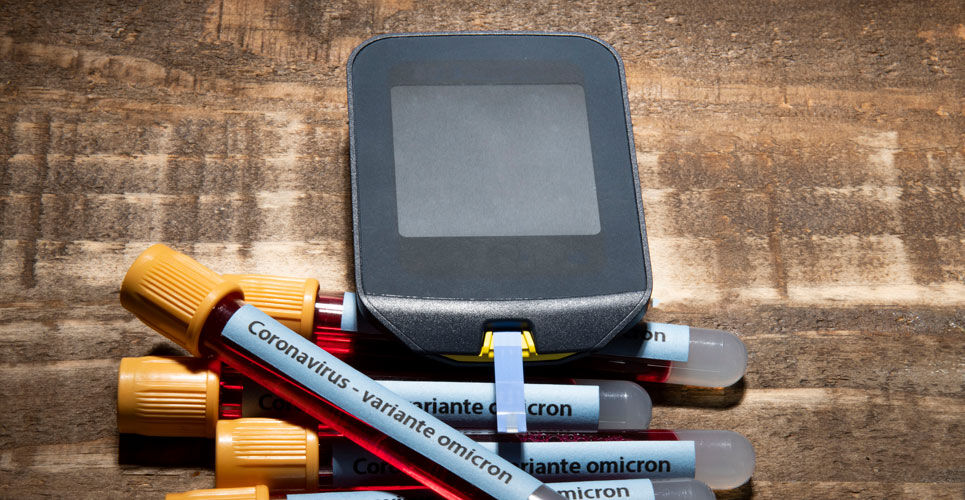The risk of developing type 2 diabetes can be 50% higher from COVID-19 compared with other acute upper respiratory tract infections
The type 2 diabetes risk after recovery from an acute infection with COVID-19 is 50% higher than other acute upper respiratory tract infections. This was the main finding from a retrospective analysis by researchers from the Institute for Biometrics and Epidemiology, German Diabetes Center, Düsseldorf, Germany.
An infection-related diabetes has been found to develop in some patients after infection with COVID-19, evidenced as a result of impaired glucose homoeostasis and which is due to a viral-associated β-cell destruction. In fact, other work has shown how infection with COVID-19 potentially increases type 2 diabetes risk by induction of insulin resistance, leading to clinically evident hyperglycaemia detectable even in the post-acute phase.
Nevertheless, whether these adverse metabolic disturbances are transient or if COVID-19 increases an individual’s subsequent risk of developing type 2 diabetes remains unclear. As a result, for the present study, the German team retrospectively examined the incidence of type 2 diabetes over a longer time frame, after infection with COVID-19 among those with predominately mild infections, who were managed in a primary rather than secondary care setting. In order to show that the development of type 2 diabetes was a unique feature of COVID-19 as opposed to a general response to viral infections, the team included a control group of individuals who experienced other acute upper respiratory tract infections (AURIs). Propensity score matching was carried out based on sex, age and co-morbidities and the presence of newly diagnosed type 2 diabetes was extracted from the electronic medical records.
Type 2 diabetes risk and infection with COVID-19
A total of 35,865 individuals with a mean age of 42.6 years (45.6% women) were propensity-matched and followed-up for a median of 119 days (COVID-19) or 161 days (AURI patients). Although disease severity was generally mild, a similar proportion from each cohort were hospitalised due to their infection (3.2% COVID-19 vs AURI 3.1%).
After matching 1:1 COVID-19 and AURI individuals (9823 pairs) the type 2 diabetes incidence after recovery from both infections was 20.5 per 1000 person-years in the COVID-19 group and 13.6 in the AURI group (incidence rate ratio, IIR = 1.51, 95% CI 1.05-2.18). However, the risk of developing all other forms of diabetes were not significantly different between COVID-19 and any other AURI (IIR = 1.25, 95% CI 0.60 – 2.59).
Whether or not the incident cases of type 2 diabetes uncovered in the study would resolve over time could not be determined due to the retrospective nature of the study. However, based on these findings, the authors concluded that if other studies confirmed their own results, active monitoring of glucose dysregulation should be instigated after recovery, even from mild forms of COVID-19 infection.
Citation
Rathermann W et al. Incidence of newly diagnosed diabetes after Covid-19 Diabetologia 2022

